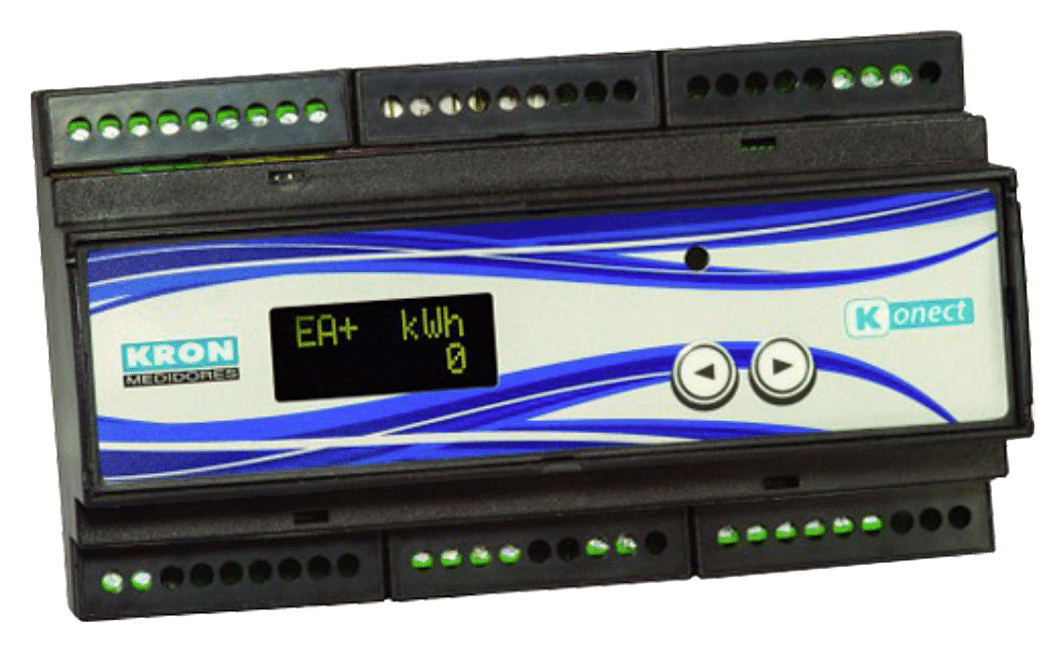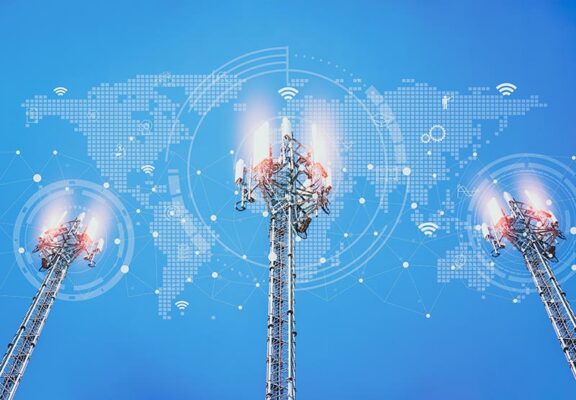Introduction
Smart energy relies on Internet of Things (IoT) technologies to address the challenges that people and businesses worldwide face as energy supply transitions from fossil fuel and nuclear power reliance to new and renewable sources of energy.
In many markets, change isn’t happening fast enough, and supplies of heating gas, oil and coal are becoming constrained.
As a consequence, we are seeing energy supply increase in cost, become less predictable, and in some markets, experience interrupted availability. Instead of leaving the lights burning, turning up the thermostat or using more air conditioning, users are starting to recognize energy as a valuable resource and one they should conserve to both save money and be environmentally responsible.
Aside from geopolitical events reducing the price of crude oil, there is a widening acceptance that reliance on fossil fuels is unsustainable and alternatives such as solar, wind and tidal power are being harnessed. However, these have a very different supply profile than the demand-triggered capacity that can be provided by coal-fired power stations, for example.
Similar issues affect businesses, especially ones that involve factories or energy-hungry activities such as data center operations. In some markets, we see predominately residential accounts being affected by rolling brownouts during high usage. This is unexpected for consumers that have become used to steady supplies of gas and electricity.
These changes come at a time when many markets are seeing the need to upgrade their national grids, some of which utilize hardware that is more than 40 years old. It’s time for energy to get smart.
Changing Demand
Smart energy encompasses the entire energy supply chain, ensuring the right amount of energy is generated to meet demand and that fuel isn’t wasted by creating an oversupply. To achieve this, a greater understanding of the consumption profiles of users is needed, and this goes hand-in-hand with a new approach to energy pricing, which will see a move away from the traditional fee per unit model that has served the industry for decades.
Instead of that, we will see pricing based on peak demand emerge, so users are incentivized to run washing machines or charge their electric cars at off-peak times. Using such methods to flatten out peaks and troughs in demand will integrate well with the often-bursty nature of the energy supply generated from renewables.
We are entering a situation in which energy is in more demand than ever before. Still, the level of demand is changing with new applications such as electric cars, new business models such as off-peak charging and new sources of energy such as household solar generation and wind power.
The variables involved make this a much more complex industry than the traditional energy supply market, which simply piped gas to your home or brought electricity from the local power station to your premises via a cable. Now, each home may be a net producer of energy and sell energy back to the grid during the day but require energy from the grid to handle the power load of charging two electric cars ready for the morning commute.
Applying Intelligence
Intelligence is needed to gather, collate and analyze all the data. Smart grids, which will help ensure supply remains available, will handle some of this, but as you get closer to the point of use, grid data is less valuable as the individual demands of customers need to be addressed. What energy providers need is a clear picture of the needs of the user and the capabilities of their home’s system, and this is where the role of smart meters becomes significant.
Many nations across the world are well advanced in their programs to roll out smart meters. These are multipurpose because they enable the user to have greater control and understanding of their consumption so they can modify their behavior, perhaps turning to IoT to enable smart thermostats or other home automation apps. In this way, they can help users save consumption and thereby save money.
In addition, such meters can be used to help energy providers plan. They can use smart meter data to accurately bill for consumption and to ensure they scale energy availability to meet specific demand profiles. At first glance, this may appear to be a step back for energy companies. After all, their business model is to sell more energy to customers, isn’t it?
Not anymore. Simply selling energy is becoming a race to the bottom margin as many national markets become more open to competition. Price per unit is commoditized, and differentiation will come from attractive applications and services that energy providers can sell to customers to help them manage their lives better. For example, a company that sells heating gas in Europe has more opportunity to make money by setting up a smart meter that enables the user to control the temperature of their home, optimizing consumption with the desired temperature, than it does by simply competing on price per unit.
The Value of Data
As energy suppliers move away from the actual supply of energy being their key source of profit, the data that users generate provides a means for them to provide a range of value-added services and applications to users — naturally for a fee. This incremental additional revenue will be critical in offsetting lost profitability from the core, traditional business. We could see energy providers offer home management apps to control temperatures or switch off appliances when consumers are absent. This greater control will be vital for enabling users to take advantage of more flexible pricing. Setting washing machines to run in the night is the classic example, but new use cases, such as charging devices and vehicles, are emerging.
Why Smart Meters Really Count
Energy is a consumption-based industry, and therefore, the counting of consumption is critical. This needs to be performed accurately with data collected in a usable format and delivered to data processing functions in real or near-real-time. The intelligence will appear at the meter for utilization by the customer and their apps and at the data hub, where it will be utilized by the energy provider to ensure sufficient energy is being provisioned.
To achieve this, reliable connections are required. It is too complex for smart meters to rely on home Wi-Fi since this will require millions of meters to be integrated into constantly changing domestic broadband providers. In addition, being in control of the connection enables meter owners to have greater control of the data and services.
To keep this control and manage the costs of smart meter deployments, energy firms are relying on wireless technologies to support smart meters. More and more of the deployments utilize cellular networks because of the coverage available, but there are instances of smart meter projects using narrowband wireless connections.
It is currently unclear what future bandwidth needs smart meters may require. Today, they are relatively limited since sharing lines of data with a centralized data hub is not a challenging amount of data for even a 2G cellular network connection to transmit. However, as apps become richer, there is a strong likelihood that higher throughputs may be required.
A significant challenge in smart meter rollouts is knowing what connectivity to deploy. Meter lives are far longer than those of smartphones, with many meters expected to operate for 20 years or more. The challenge facing the energy industry is to strike a balance between cost today and the future bandwidth requirements.
Regulation Drives Adoption
Although there is a clear interest in managing energy consumption more efficiently among consumers and enterprises, the scale and scope of smart energy projects should not be underestimated. There are billions upon billions of meters in the world, all of which will require updating. Governments and regulators see smart meters as a means to meet their environmental goals. In many regions, smart meter deployment is already mandated for new construction and scheduled for retrofit environments.
This is creating momentum across the smart energy sector. With government-legislated smart meter deployments set, providers need to address how to generate revenue from their investment in smart meters. This is creating a virtuous circle in which enforced smart meter investment creates a greater need for smart energy apps that will create new sources of revenue, thereby eventually making the business case for smart meters appealing.
Case Study
Telit Enables Konect Smart Metering in Less than Two Weeks
Rapid integration to the Telit IoT platform accelerates time to market for the new smart meter service in Brazil.
Kron Medidores, a Brazilian provider of automation for about 90% of the country’s shopping centers and intelligent buildings, has developed the Konect offering, which is composed of smart meter hardware and software for managing and monitoring utility consumption. The company is using the Telit IoT Portal to provide management and remote visualization capabilities for Konect customers. The platform enables all the necessary adjustments to be made to a smart meter so measurements on any device can be accessed in real time.
In addition, Kron Medidores is now starting to integrate Telit mobile communication modules into the Konect meters to make the product 100% plug-and-play. The company initially intended to connect existing meters via Ethernet cables but saw the simplicity and speed of deployment of devices using mobile connections as a means to lower the costs of implementation and accelerate time to market for customers.
The Konect smart metering aim is to minimize energy, water and gas costs for organizations while bringing together other information such as temperature and the humidity level of the air in workplace environments.
“The solution presents a new approach to the electricity meters market,” said Roberto Bedicks, the chief executive of Kron Medidores. “Konect is extremely versatile and integrates with other devices in automation systems incorporating multiple functions. Energy, one of the major inputs, requires efficient management to achieve better performance and lower expenses, making the organization more competitive.”
The smart meters will boost awareness of consumption in commercial buildings, condominiums and shopping centers that want to achieve a complete view of their usage. That holistic view provides information about monthly energy, water and gas consumption before the end of each month, thereby facilitating better decision-making.
The Konect offering offers assessment capability that encompasses the individual metering of consumption so enterprises can become aware of the variables of a particular department of a factory, shop, office building, condominium or other sites. Employees can also control internal consumption within a retail outlet, for example.
“With the solution, a segmented organizational vision is possible, which leads to better decision-making and helps avoid the negative impacts of unexpected energy bills,” added Bedicks.

Conclusion
With user appetite and government enforcement behind smart meter rollouts, smart energy deployments are following swiftly. The appetite is there for the cost savings smart energy can create. Further to that, there is an opportunity for money to be made by service providers utilizing smart meter data to sell new offerings and services to customers. Finally, and inescapably, smart energy solutions are enabling enterprises, energy providers and governments to achieve compliance by meeting their environmental goals and complying with environmental protection legislation. The dawn of smart energy is here and, while there is a long way to go to maturity, a stable of tried and tested technologies exists from the meters through the connectivity to the data analytics applications.
A greater range of attractive consumer-oriented applications is required to truly deliver on the promise that smart energy holds of enabling companies to make money from smart energy. In addition, energy suppliers need to become more dynamic in their utilization of smart meter functionality to enable new business models, pricing and services. However, once more innovation hits the market, and the installed base of smart meters grows further, smart energy projects will really start to hit prime time.
Telit IoT Enablement for Smart Energy Solutions
Start Your Trial of Telit deviceWISE® EDGE
Market Data
- ABI Research estimates that smart meter rollouts, led by energy and water utilities, will result in a global installed base of more than 1.1 billion smart meters within the next five years. Smart electricity meters will constitute the largest share, occupying more than 72% of the overall installed base of smart meters, but research suggests water meters are on track to witness the most overall growth.
- Research by UCL’s Energy Institute, supported by Smart Energy GB, shows that 30% of British consumers would be in favor of switching to an energy tariff with variable prices at different times of the day.
- According to ABI Research, the number of wireless WAN connections will surpass wireless mesh connections in smart meters by 2021 by as much as 5%.
- TechNavio’s analysts forecast the global smart energy meter market to grow at a CAGR of 8.1% over the period 2014-2019. The smart meters market is estimated to grow from an expected $11.1 billion in 2014 to $18.2 billion by 2019, at a CAGR of 10.2% from 2014 to 2019.
- IDATE predicts the global installation of smart meters will grow at a stable pace, up from roughly 550 million in 2014 to a total of over 1.6 billion (electricity, gas and water) in 2020, at a CAGR of 19.6%.
- According to the U.S. Energy Information Administration, worldwide marketed energy consumption is projected to grow by 44% between 2006 and 2030.


